The world of reptiles has always fascinated humans with its diversity and mysterious nature. Among these cold-blooded creatures, snakes stand out not only for their limbless bodies and predatory skills but also for the remarkable genetic variations that can occur within their species. Occasionally, serpents emerge from their eggs bearing striking physical anomalies that deviate dramatically from typical appearances. These mutations—ranging from extra heads to unusual scale patterns—offer scientists valuable insights into genetic processes, evolutionary mechanisms, and developmental biology. This exploration of snake mutations illuminates not only the extraordinary adaptability of these reptiles but also deepens our understanding of genetic principles that apply across the animal kingdom.
The Genetic Foundations of Snake Mutations
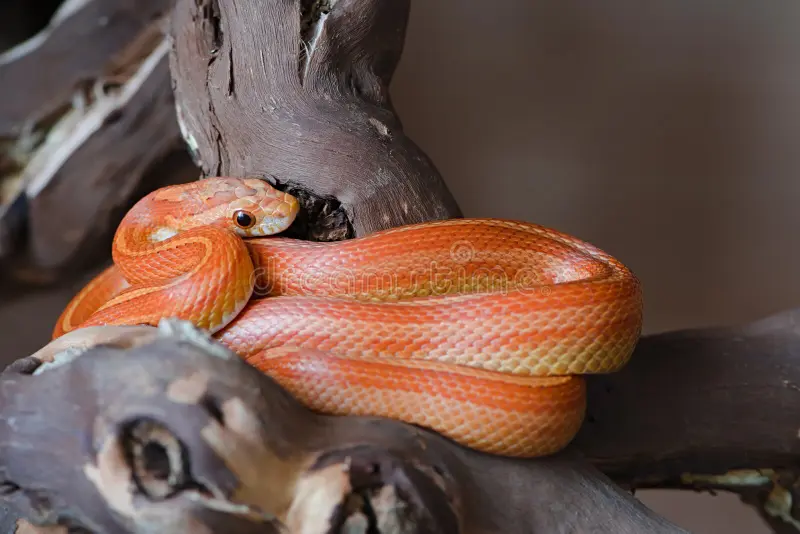
Snake mutations, like those in other animals, stem from alterations in the genetic code that dictate their development and physical characteristics. These changes can occur through random DNA mutations, genetic recombination during reproduction, or environmental factors that influence embryonic development. Unlike mammals, reptiles are particularly susceptible to developmental irregularities because they lack the same degree of homeostatic protection during embryonic growth. Temperature fluctuations during incubation, for example, can significantly impact development and potentially trigger unusual formations. The complex interplay between genes and environment creates a fascinating landscape where mutations can emerge, sometimes with striking visual consequences that captivate both scientists and the public alike.
Two-Headed Wonders: Bicephaly in Serpents
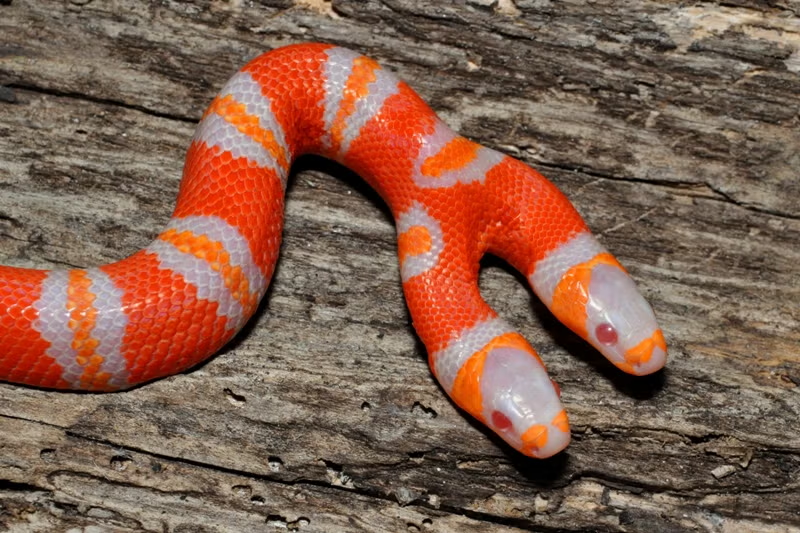
Perhaps the most dramatic and well-known mutation in snakes is bicephaly—the development of two distinct heads on a single body. This condition occurs when the embryo begins to split into twins but fails to complete the separation process, resulting in conjoined individuals sharing vital organs and systems. Two-headed snakes typically possess two separate brains that can function independently, sometimes creating survival challenges when the heads compete for control of the shared body or disagree about movement direction. In captivity, these remarkable creatures may live for years with proper care, though their survival in the wild is considerably more challenging. The study of bicephalic snakes provides valuable insights into embryonic development and the formation of conjoined twins across species.
Scale Abnormalities and Pattern Variations
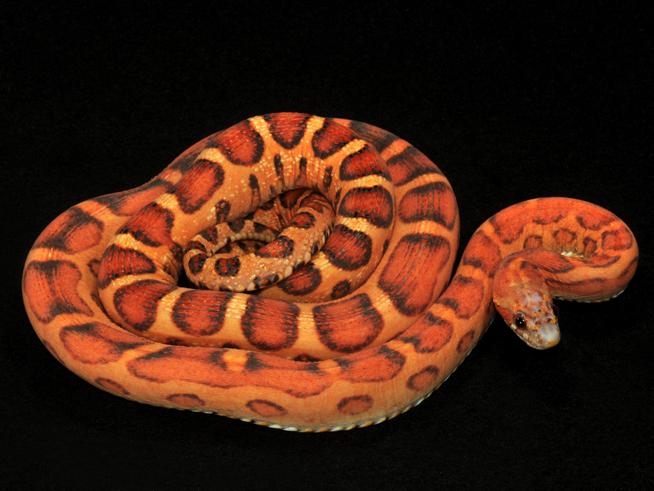
Snake scales, the overlapping protective plates covering their bodies, occasionally develop with striking abnormalities that catch the human eye. Some mutations cause scales to form in irregular patterns, missing sections, or with unusual textures that deviate from the species standard. Scaleless mutations, though extremely rare, produce snakes with smooth skin lacking the typical scale coverage, revealing the underlying skin texture. Pattern mutations can create extraordinary visual differences, such as albinism (lack of pigment), melanism (excessive dark pigmentation), or unusual striping and spotting arrangements that wouldn’t typically appear in wild populations. These variations, particularly prized in the captive breeding industry, often result from recessive genes that snake breeders deliberately pair to highlight these unique characteristics.
Albinism: The Absence of Melanin
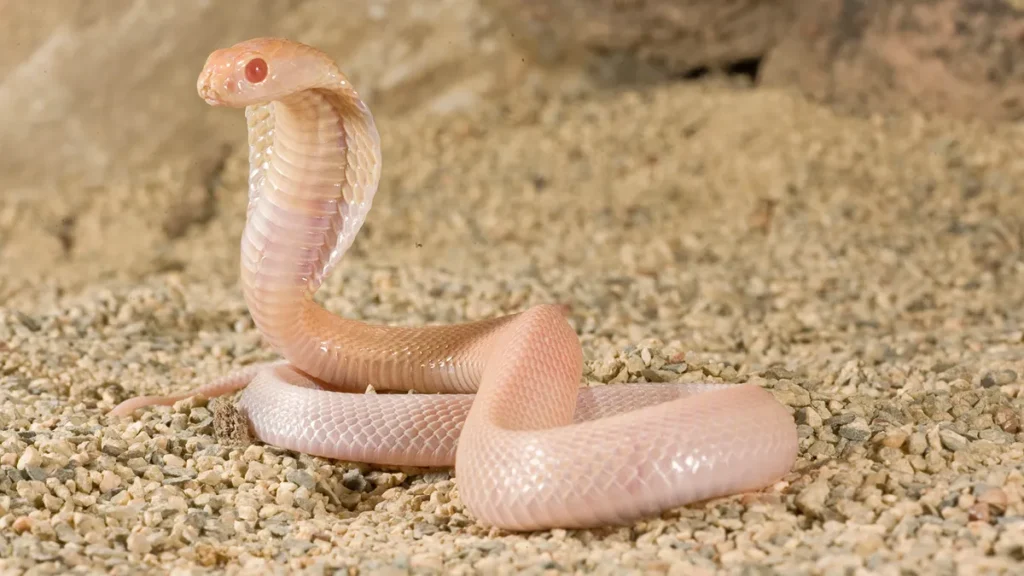
Albinism represents one of the most visually striking mutations in snakes, characterized by the absence of melanin production that normally provides coloration. Albino snakes typically display white or yellowish bodies with pink or red eyes, as the blood vessels become visible without the masking pigmentation. This mutation occurs through a recessive genetic trait, meaning both parents must carry the gene for offspring to express the characteristic. While captivating in appearance, albino snakes face significant survival disadvantages in the wild, including increased visibility to predators and potential susceptibility to sun damage. The prevalence of albino snakes in captivity far exceeds their numbers in natural habitats, as breeders have selectively propagated this trait for its aesthetic appeal and commercial value in the exotic pet trade.
Melanism: The Darkening Effect
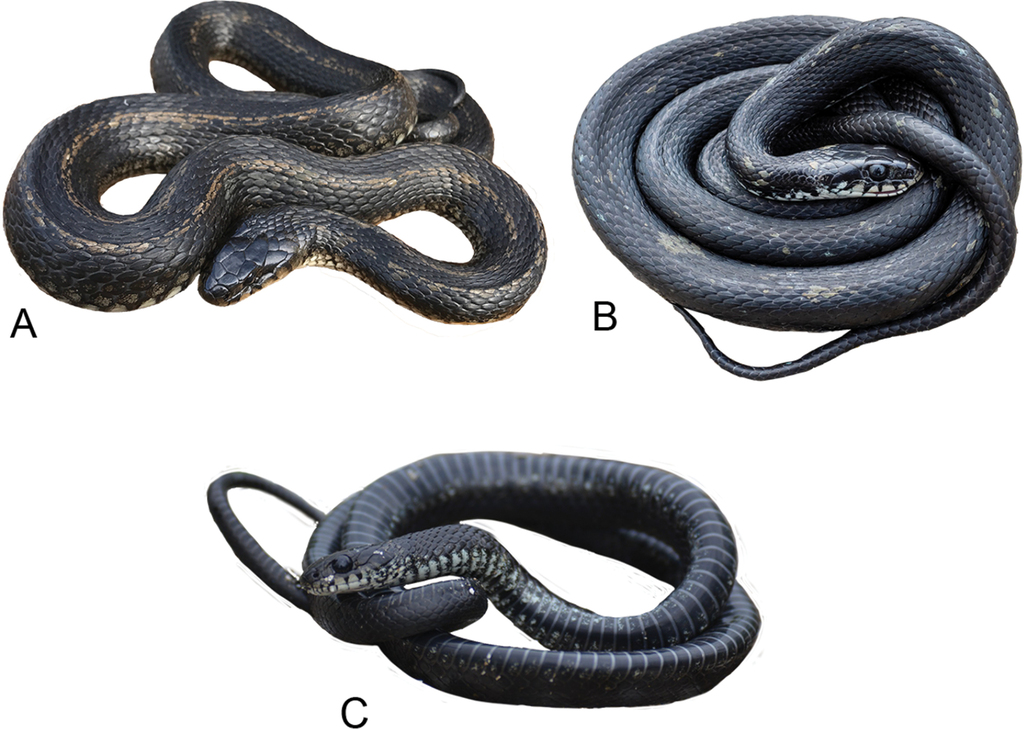
Contrary to albinism, melanism causes an overproduction of dark pigmentation, resulting in snakes that appear entirely black or significantly darker than their typical counterparts. This mutation can occur across various species but is particularly noted in certain populations, such as the famous black adders of Britain. Melanism may confer evolutionary advantages in certain environments, allowing snakes to absorb heat more efficiently in cooler climates or providing better camouflage in dark habitats. Research suggests that in some cases, melanism might represent an adaptive response rather than merely a random mutation, as these darker individuals sometimes show improved survival rates in specific ecological niches. The study of melanism in snakes offers fascinating insights into natural selection and adaptation processes across reptile populations worldwide.
Kinking and Spinal Deformities
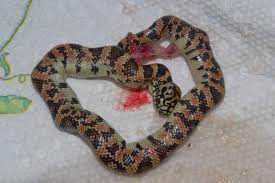
Spinal malformations represent some of the more challenging mutations for affected snakes, often impairing movement and survival capabilities. These deformities can manifest as kinks, curves, or incomplete development of vertebral sections, creating irregular body shapes that hinder normal locomotion. Such conditions may arise from genetic factors, incubation temperature irregularities, or nutritional deficiencies in breeding females. In severe cases, snakes with significant spinal deformities struggle to hunt, escape predators, or reproduce effectively. While these individuals rarely survive in wild populations, they sometimes thrive under specialized care in captivity, where their mobility challenges can be accommodated. Veterinary research into these conditions has advanced understanding of reptile skeletal development and created improved care protocols for affected animals.
Cyclopia and Facial Abnormalities
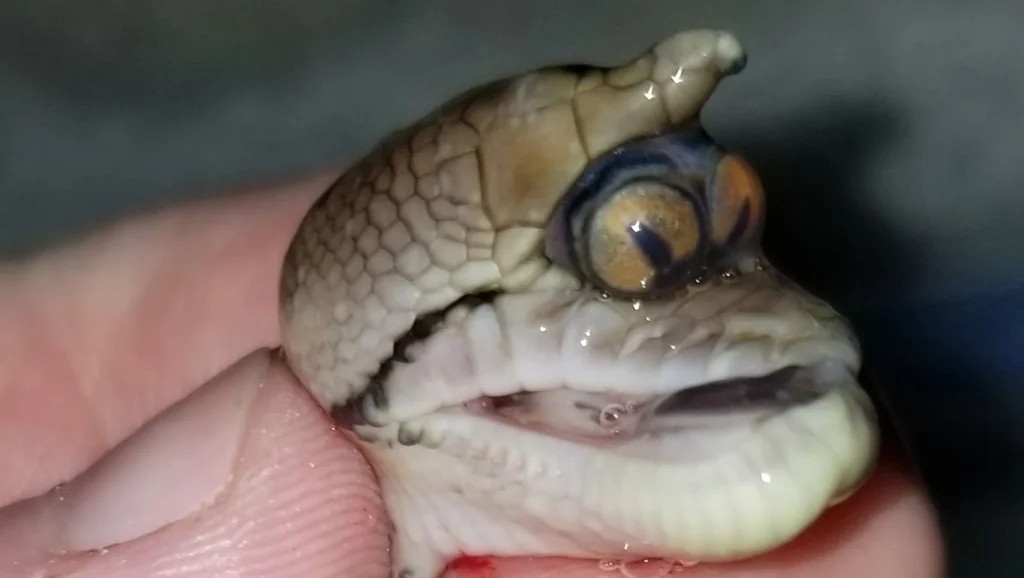
Among the rarest and most profound mutations are those affecting facial development, including the extreme condition of cyclopia—the formation of a single, centered eye instead of the normal pair. These facial abnormalities result from disruptions in embryonic development during critical stages when the brain and facial structures are forming. Environmental toxins, genetic factors, or incubation irregularities can contribute to these dramatic malformations that typically prove fatal shortly after hatching. When discovered, these specimens provide valuable research opportunities for scientists studying developmental biology and the mechanisms that govern normal facial formation. The documentation of such cases helps establish connections between specific environmental or genetic triggers and the resulting developmental anomalies.
The Role of Temperature in Inducing Mutations
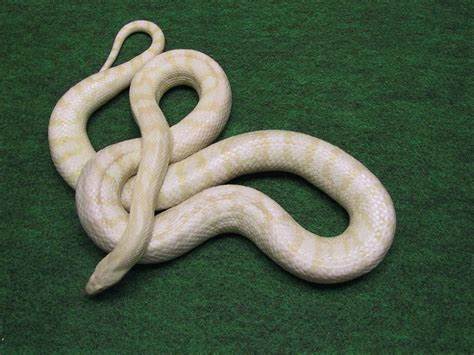
Unlike mammals, reptiles, including snakes, experience temperature-dependent embryonic development that can significantly influence physical outcomes. Incubation temperature not only determines sex in many species but can also trigger or exacerbate certain mutations when outside optimal ranges. Research has demonstrated that eggs incubated at temperature extremes show higher rates of physical abnormalities, including kinking, facial deformities, and scale irregularities. This temperature sensitivity makes snake embryos particularly vulnerable to climate fluctuations, whether natural or human-induced. Captive breeders have learned to carefully control incubation conditions to reduce unwanted mutations while sometimes manipulating temperatures strategically to influence desirable traits in offspring.
Genetic Mutations and Selection in Captive Breeding
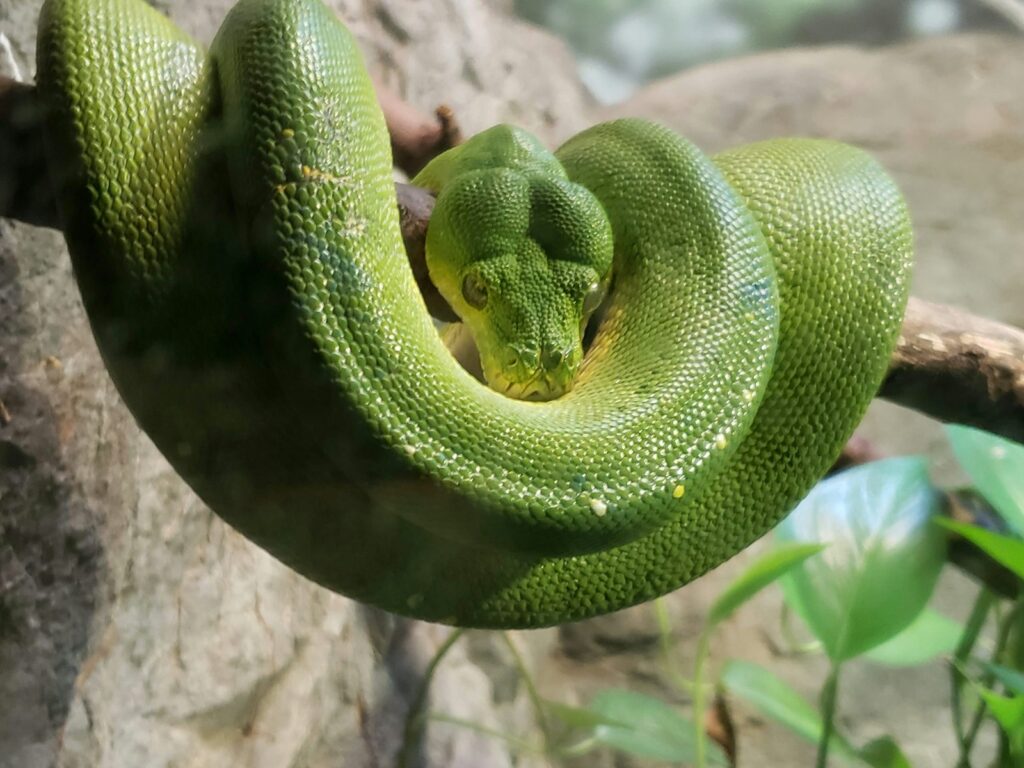
The captive breeding industry has dramatically accelerated the emergence and prevalence of mutations through selective pairing of snakes with unusual traits. Breeders deliberately match individuals carrying recessive mutation genes to produce offspring with visually striking characteristics that command premium prices in the exotic pet market. This artificial selection has created hundreds of distinct “morphs”—genetic variations with unique colors and patterns—that would rarely, if ever, persist in wild populations. The ball python industry exemplifies this phenomenon, with certain rare mutations fetching tens of thousands of dollars from collectors eager to possess and breed these unique specimens. This commercial-driven genetic manipulation raises ethical questions about prioritizing appearance over health and the potential consequences of narrowing genetic diversity.
Evolutionary Implications of Natural Mutations

While many mutations represent evolutionary dead ends, occasionally these genetic variations can offer advantages that drive natural selection. Some mutations that appear initially disadvantageous might provide unexpected benefits in changing environments or specific ecological contexts. For instance, certain pattern variations might improve camouflage in particular habitats, while metabolic mutations could enhance survival during food scarcity. The study of snake mutations provides a window into evolutionary mechanisms at work, demonstrating how random genetic changes occasionally translate into adaptive advantages. Over countless generations, beneficial mutations can become established in populations, potentially contributing to speciation and the remarkable diversity we observe across snake species today.
Scientific Research and Mutation Documentation
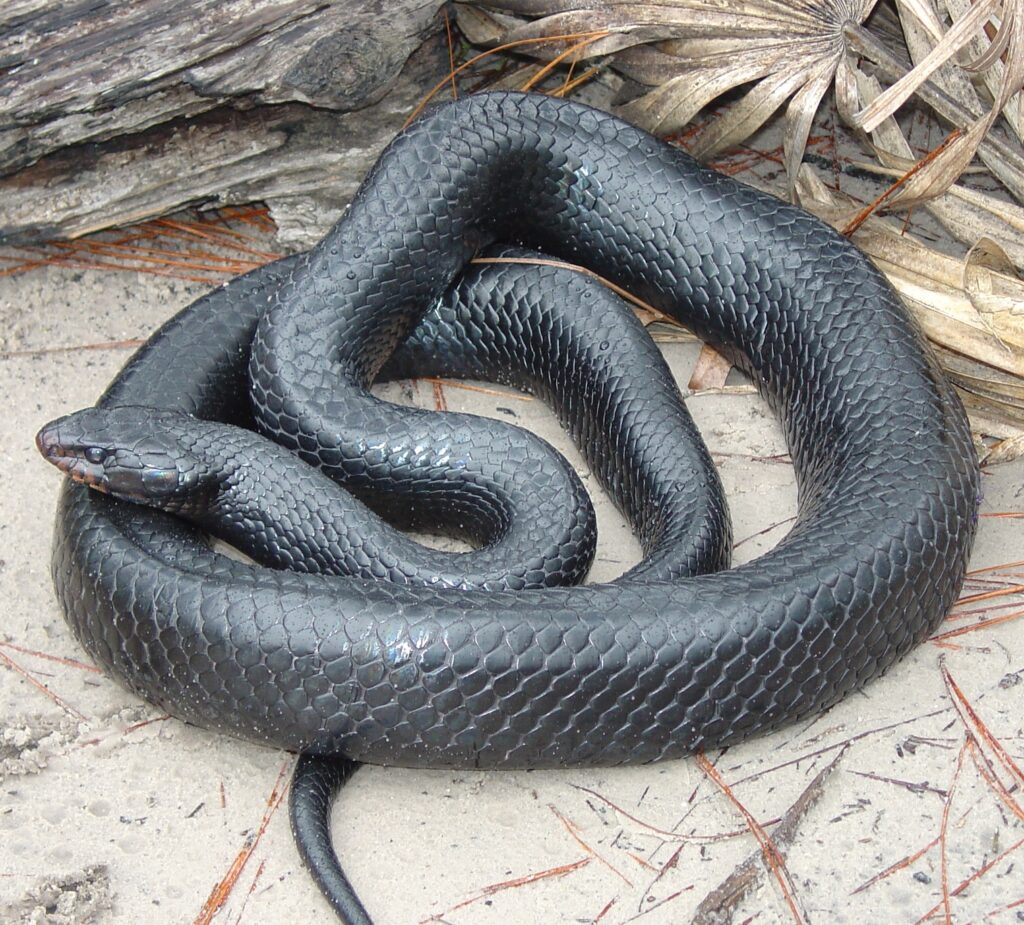
The scientific community approaches snake mutations as valuable research opportunities that illuminate broader biological principles. When unusual specimens are discovered, researchers meticulously document physical characteristics, conduct genetic testing, and sometimes perform detailed dissections to understand the underlying developmental mechanisms. These investigations have contributed significantly to fields beyond herpetology, including embryology, genetics, and evolutionary biology. Academic institutions and natural history museums maintain collections of preserved specimens exhibiting rare mutations, creating lasting records for future research. This systematic documentation allows scientists to track mutation frequencies, identify potential environmental triggers, and develop a deeper understanding of the complex interplay between genetics and development.
Survival Challenges for Mutated Snakes in the Wild
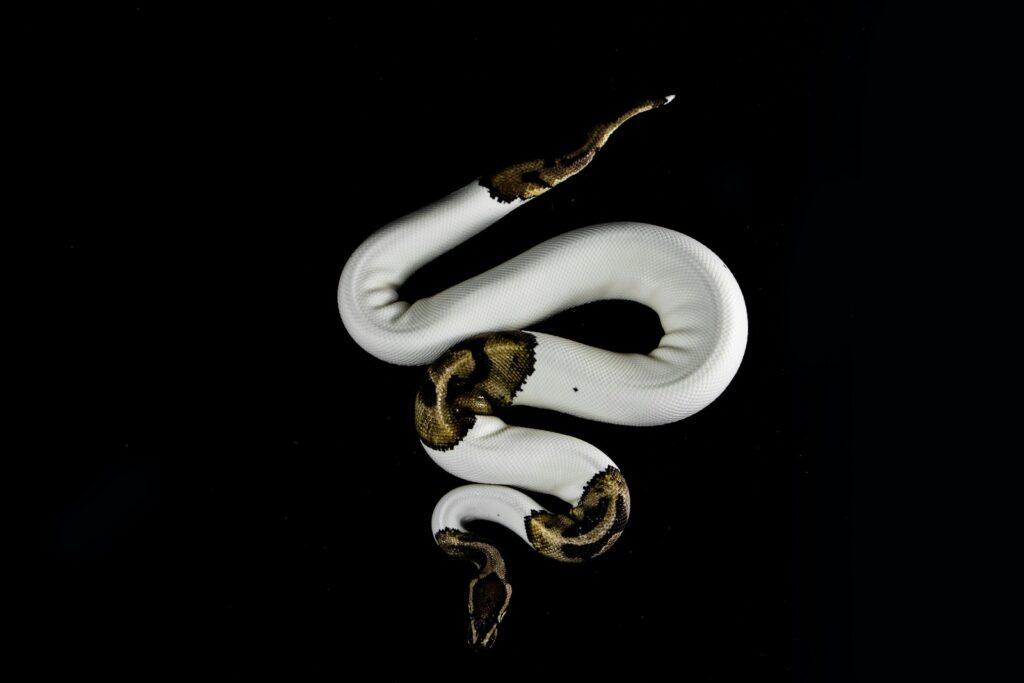
The natural world shows little mercy to individuals born with significant physical abnormalities, and mutated snakes face formidable survival challenges. Predators quickly target individuals with mobility impairments or conspicuous coloration that reduces camouflage effectiveness. Two-headed snakes, despite their fascinating appearance, struggle with coordinated movement and hunting, making starvation a common outcome. Even seemingly minor mutations can compromise hunting success, predator evasion, or thermoregulation capabilities essential for survival. Consequently, many dramatic mutations remain exceedingly rare in wild populations, visible primarily through occasional discoveries rather than established genetic lines. This natural filtering process demonstrates evolutionary selection at work, efficiently removing disadvantageous traits from the gene pool while occasionally preserving those that offer unexpected benefits.
Ethical Considerations in Breeding for Mutations
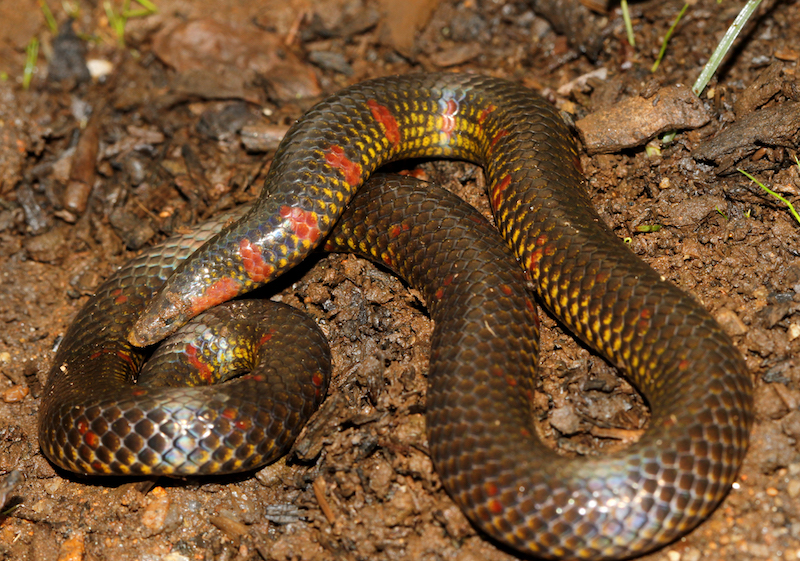
The deliberate breeding of snakes to perpetuate and emphasize mutations raises significant ethical questions within the herpetological community and beyond. While many mutations are purely cosmetic with minimal impact on quality of life, others correlate with health issues ranging from neurological problems to reduced fertility or compromised immune function. Responsible breeders prioritize health and vigor alongside aesthetic considerations, avoiding lines known to produce detrimental conditions. However, the market demand for increasingly exotic appearances sometimes incentivizes practices that prioritize novelty over welfare. Conservation biologists express additional concerns about how the captive breeding industry’s focus on mutations might distract from efforts to preserve natural genetic diversity and protect wild snake populations facing genuine threats from habitat loss and climate change.
The study of snake mutations reveals not just the remarkable diversity possible within reptile development but also illuminates the fundamental principles of genetics and evolution applicable across the animal kingdom. From the dramatic appearance of two-headed specimens to the subtle variations in scale patterns and coloration, these genetic anomalies provide scientists with natural experiments that deepen our understanding of developmental biology. While many mutations represent evolutionary dead ends, their study contributes valuable insights into how random genetic changes occasionally transform into adaptive traits that drive the diversification of species. As research continues and documentation improves, these unusual serpents will undoubtedly continue to fascinate both scientists and the public while expanding our knowledge of nature’s genetic complexity.




